Southowram History 13 - Ashday Lane and Binns Top


St Peters Square

St Peters Square, School Lane in the 1960s. This is my late Father in law John west Clark, my late wife Ann Clark and my oldest son Garry Smith outside 5 St Peters Square . Barry Smith
Jerusalem Square


Jerusalem Square cottages 1985

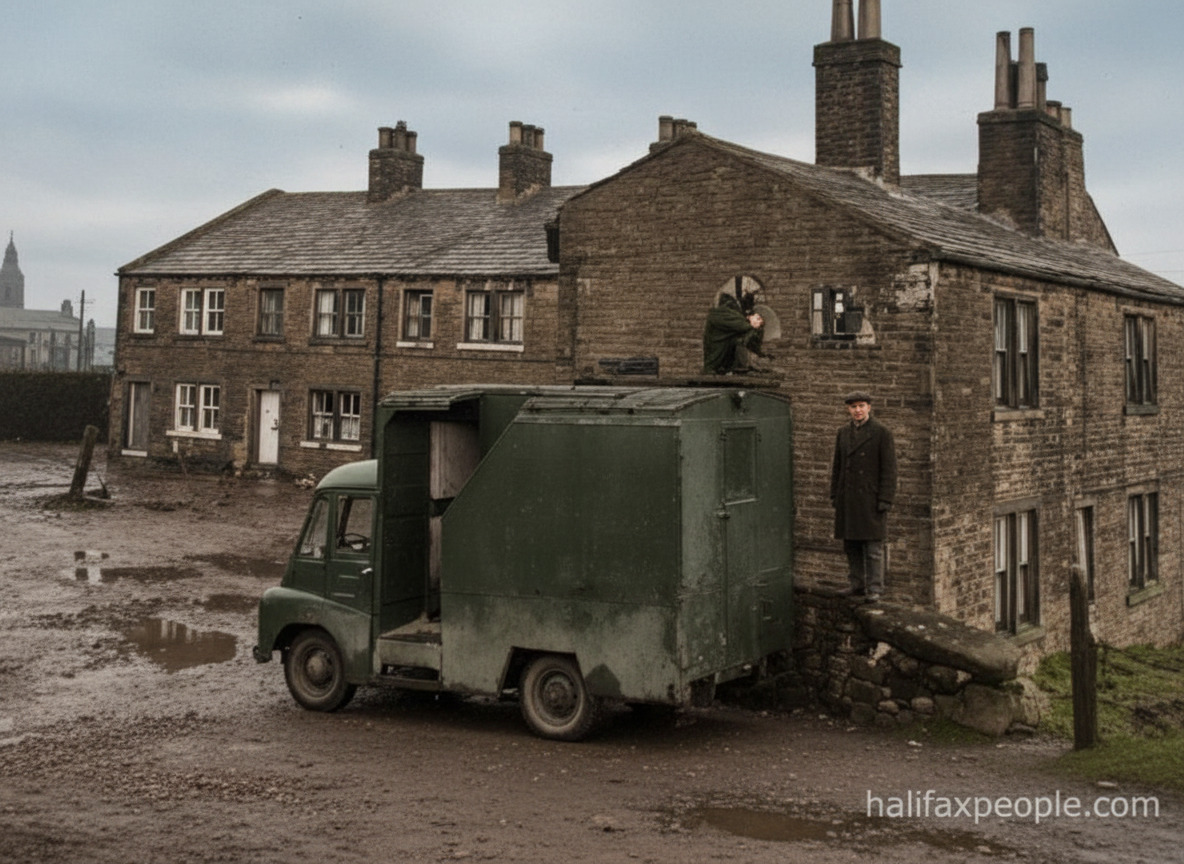
Jerusalem Square left and bottom of School Lane right enhanced

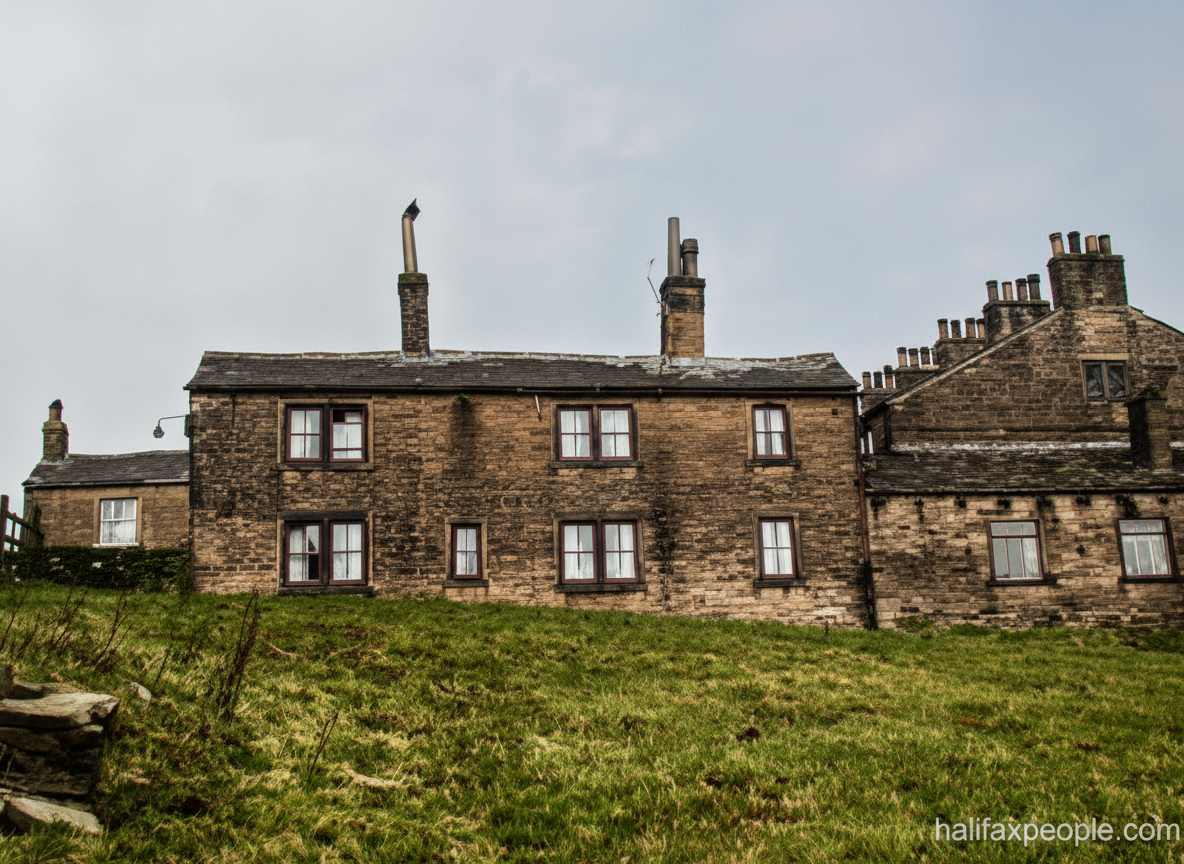
Bottom of School Lane enhanced

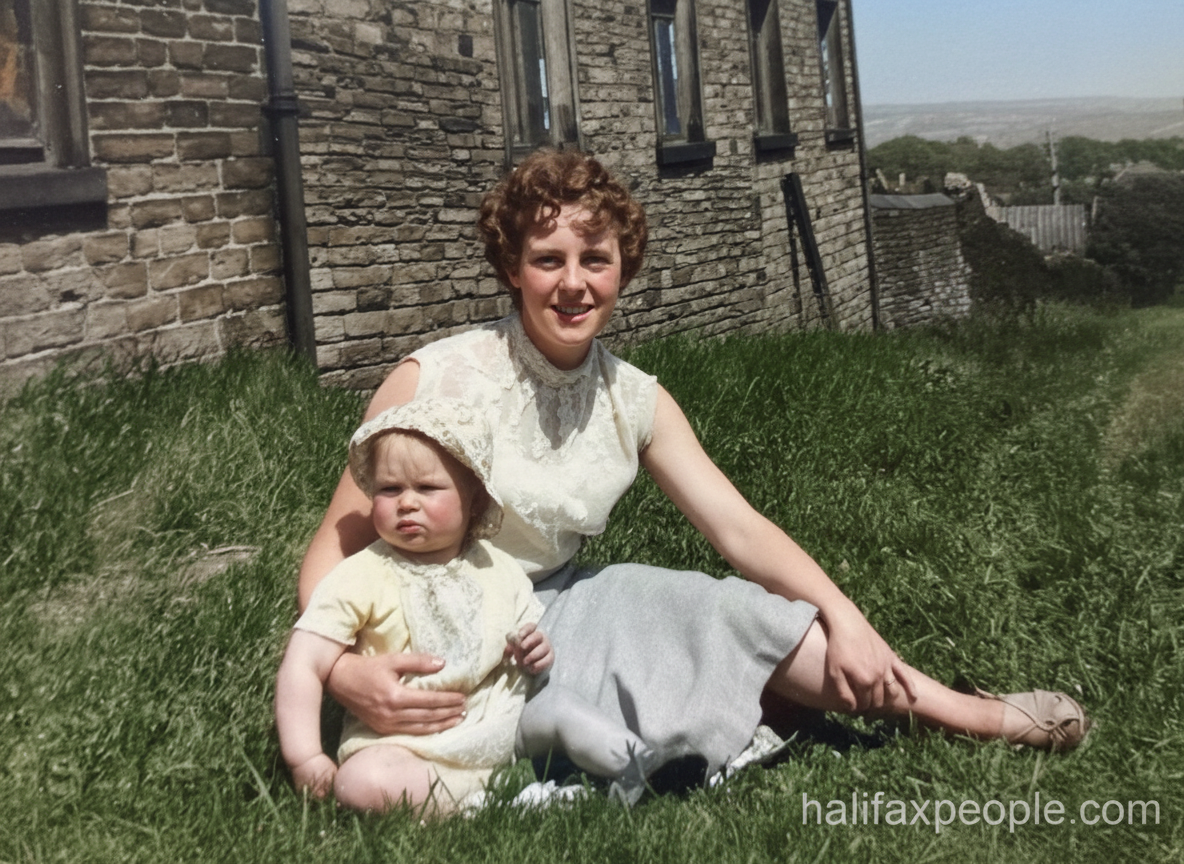
Beryl Parker -School Lane enhanced

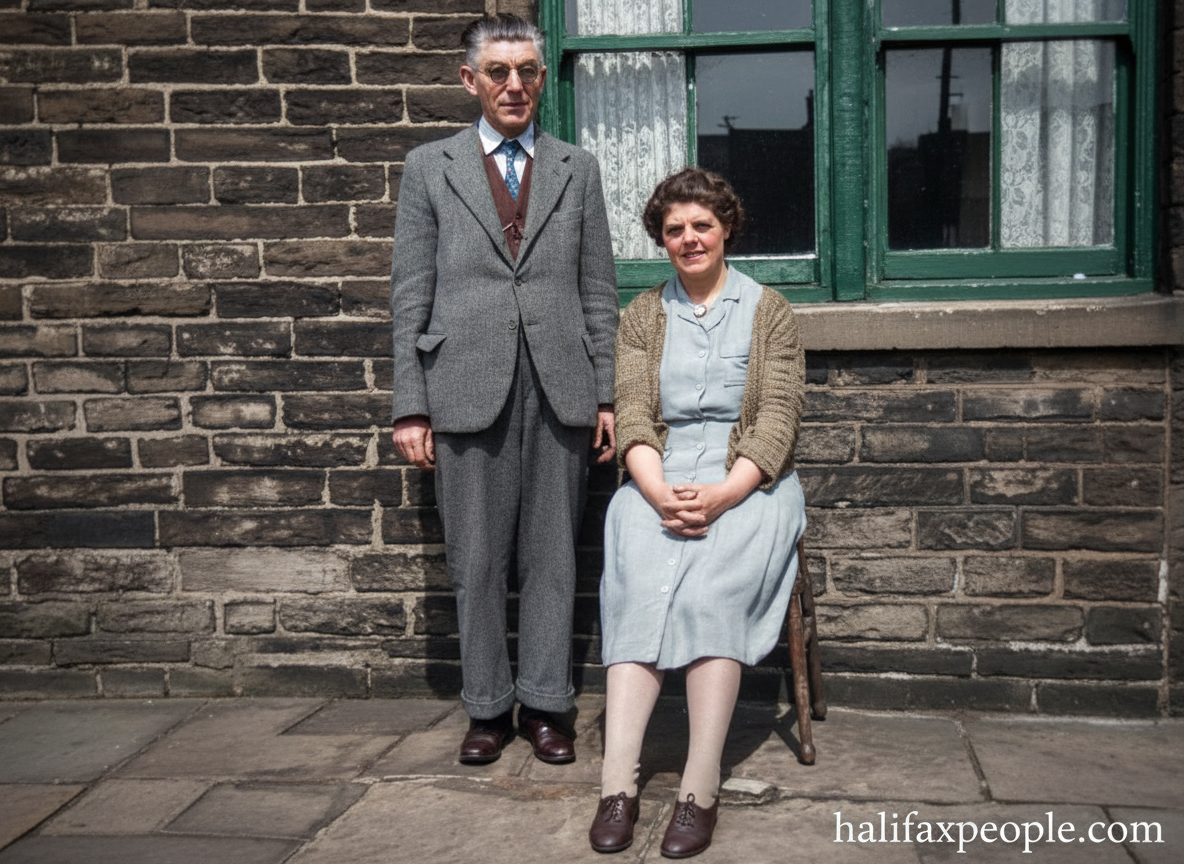
enhanced
Bill and Phyliss Hall, a blind couple who lived next to the wash-houses at the bottom of School Lane
Ashday Park Quarries
Everywhere you look in Halifax there are stone buildings, yet nearly all the stone is mined from the highest points around e.g. Queensbury, Southowram, Mount Tabor. So, how did they transport the stone before the wagons used nowadays?
Probably the most common way would have been a Rutway or Wagonway.
definition:- a way for the passage and guidance of wheeled vehicles formed by stone blocks laid end to end in parallel lines. Grooves were found to be etched into the stone to provide a track for carts to travel along on a path. These would lead to not only lower land where it would be easier to manoever but also the canals where the stone would be transported to much further regions.
There is still evidence of these Rutways as you descend from Ashday to Cromwell Bottom.
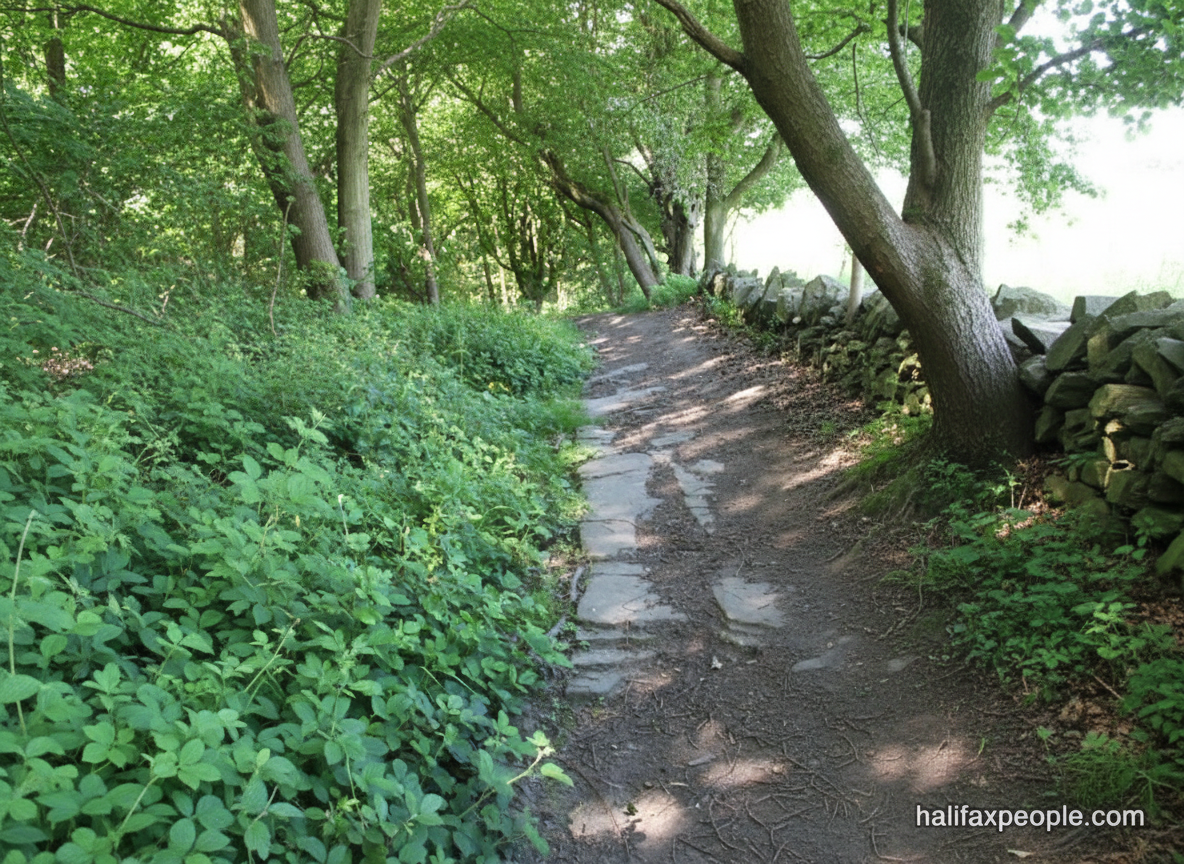
Ashday Lane Methodist Sunday School, Southowram.
Built by the Wesleyan Methodists by public subscription in 1825
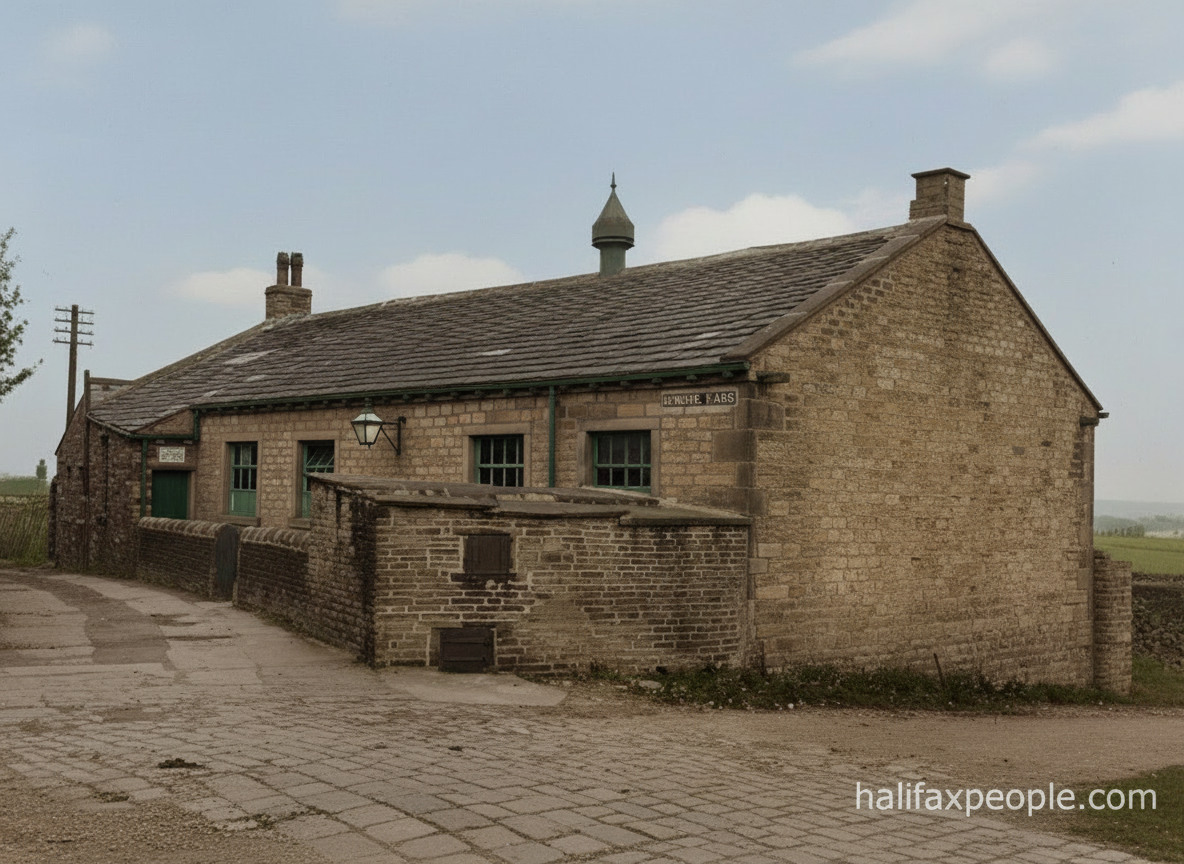
Ashday Lane Sunday School formerly known as Heald Lane. Further down Ashday Lane, where the cricket ground now stands, used to be the workhouse which dated back to at least the 1740's and the name 'Old Workhouse Quarry' was still current until at least the 1890's. There was also a row of terraced houses past the ground at an area called Binns Top

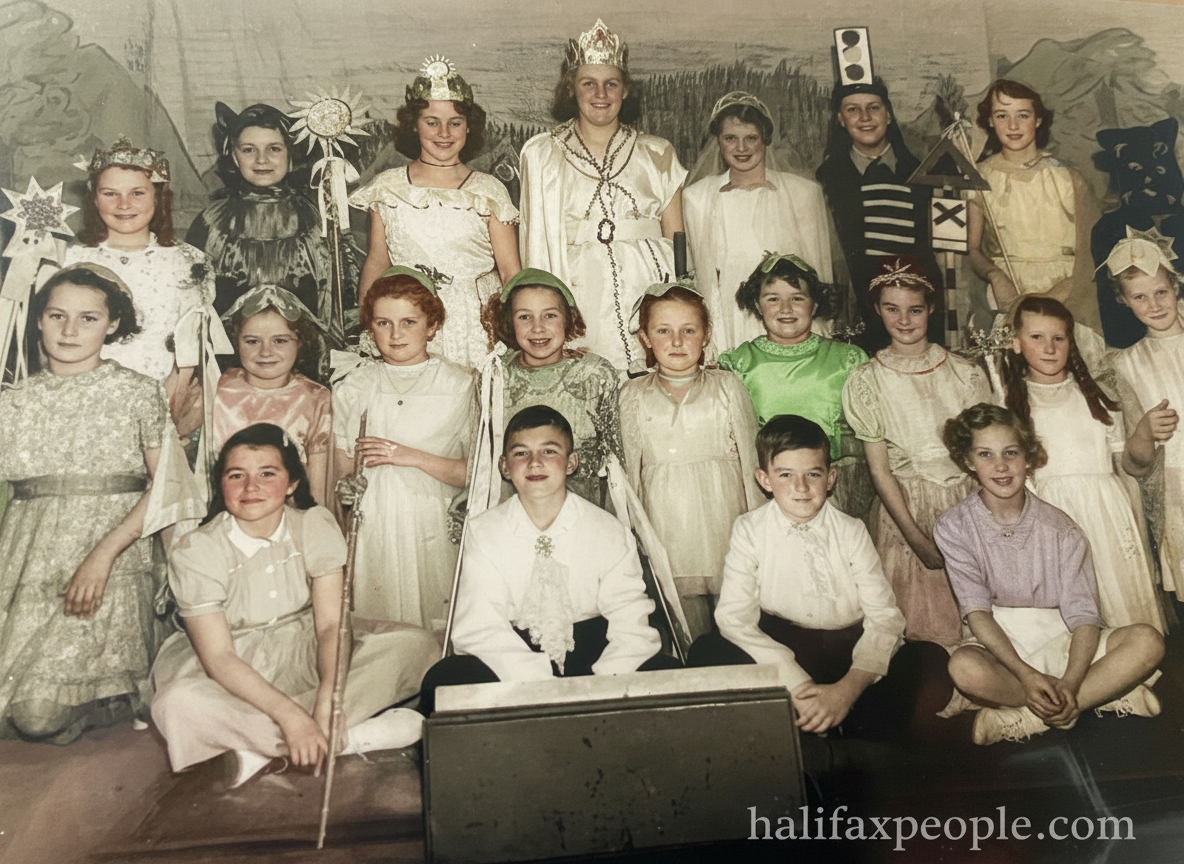
School Lane Sunday School enhanced
 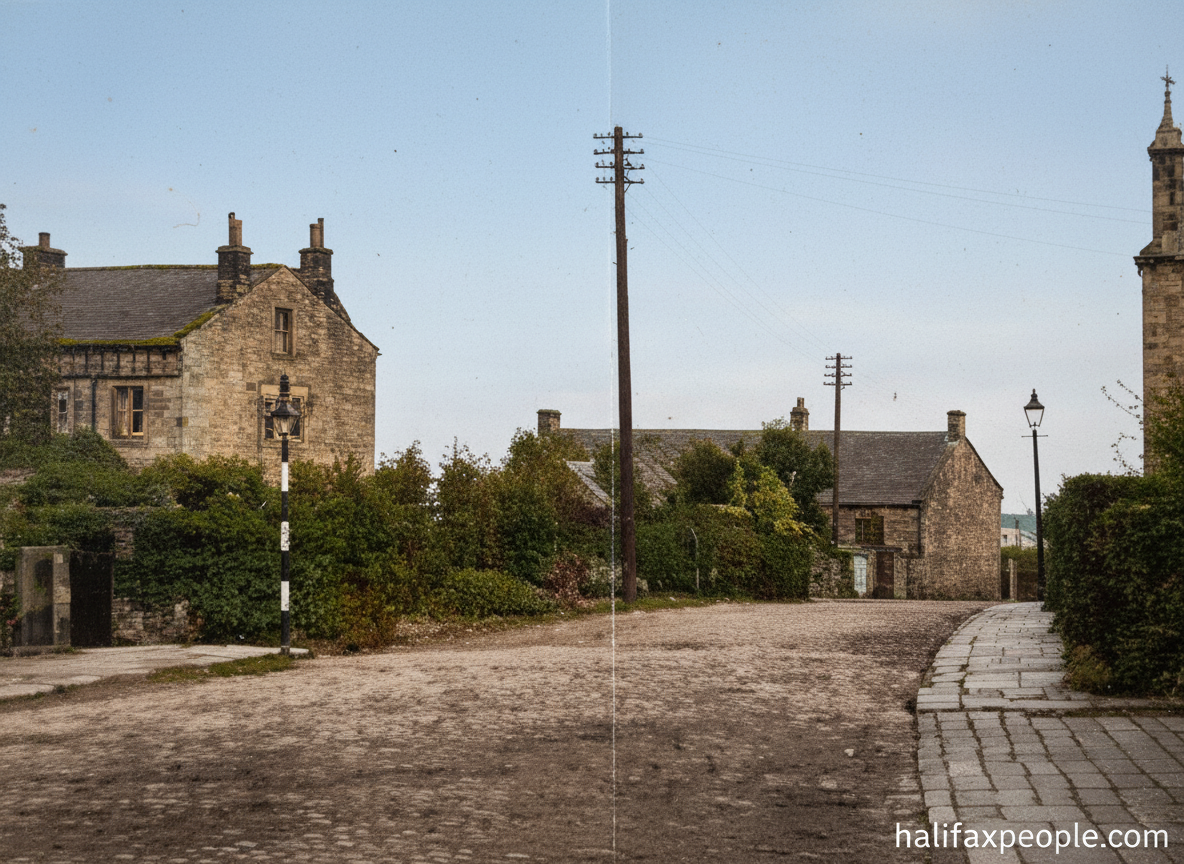 enhanced |
 |
Southowram Workhouse
From Southowram terminus, if we head down Ashday Lane(was Held Lane) towards the cricket ground, we reach a bend, Ashday Lane continues to the left.
Where the cricket club house stands used to be the place where Field House stood. To the right, on the other side of the dirt track (Binns Top Lane) is where Grange House was. This was Southowram Workhouse.
Does anyone have any pictures of Southowram workhouse?

The following is from the Eden report:-
Southowram's workhouse dated back until at least the 1740s. It was situated on Ashday Lane where the name "Old Workhouse Quarry" was still current until at least the 1890s. Eden noted of the Southowram workhouse that:
34 paupers, chiefly old people and children, are in the house. They appear to be comfortable and well fed. Hasty pudding and boiled milk are provided for breakfast and supper. Dinner on Sunday and Thursday consists of butchers' meat. No regular course is observed on other days, but potatoes butter, milk and oatbread form the chief part of their food. A pint of beer is allowed in the forenoon and afternoon to those who work. The Poor spin worsted. Children begin at 7 or 8; at 9 they are bound apprentices The earnings are from £1 13s. to £2 7s. a month. There are 89 out-pensioners, most of whom have families. About 20 receive casual relief.
I believe the workhouse was part of Grange House by Grange quarry(where Southowram cricket club now exists) and was also a small farm.
31st March 1875 died aged 60 – John Sheard, stone merchant Old Workhouse, Southowram.
----------------
Conditions were hard. There was even a whipping room attached to the building, known as the House of Correction. Any Southowram'ers who gave food or money to a beggar were breaking the law and could be fined.
Apprentices could be sent to work for local people if it was thought by governers that they needed somebody. A refusal to accept an apprentice carried a ten pounds fine and there was no argument in court - you had to pay it.
There must have been some heartache too. The records quote:-
On Christmas Eve 1783, Thomas Holdsworth was sent as apprentice to Miss Phoebe Wood. He was 7 years old last Candlemas. Miss Wood paid the £10 for refusing to have him.
Betty Jagger was 9 years old. A dyer paid £10 for refusing to have her. That was in 1786, but Betty was unwanted again in 1788 when she was 11 and Godfrey Beaumont of Cromwell Bottom paid the £10.
Binns Top

Thanks to Steve Gee
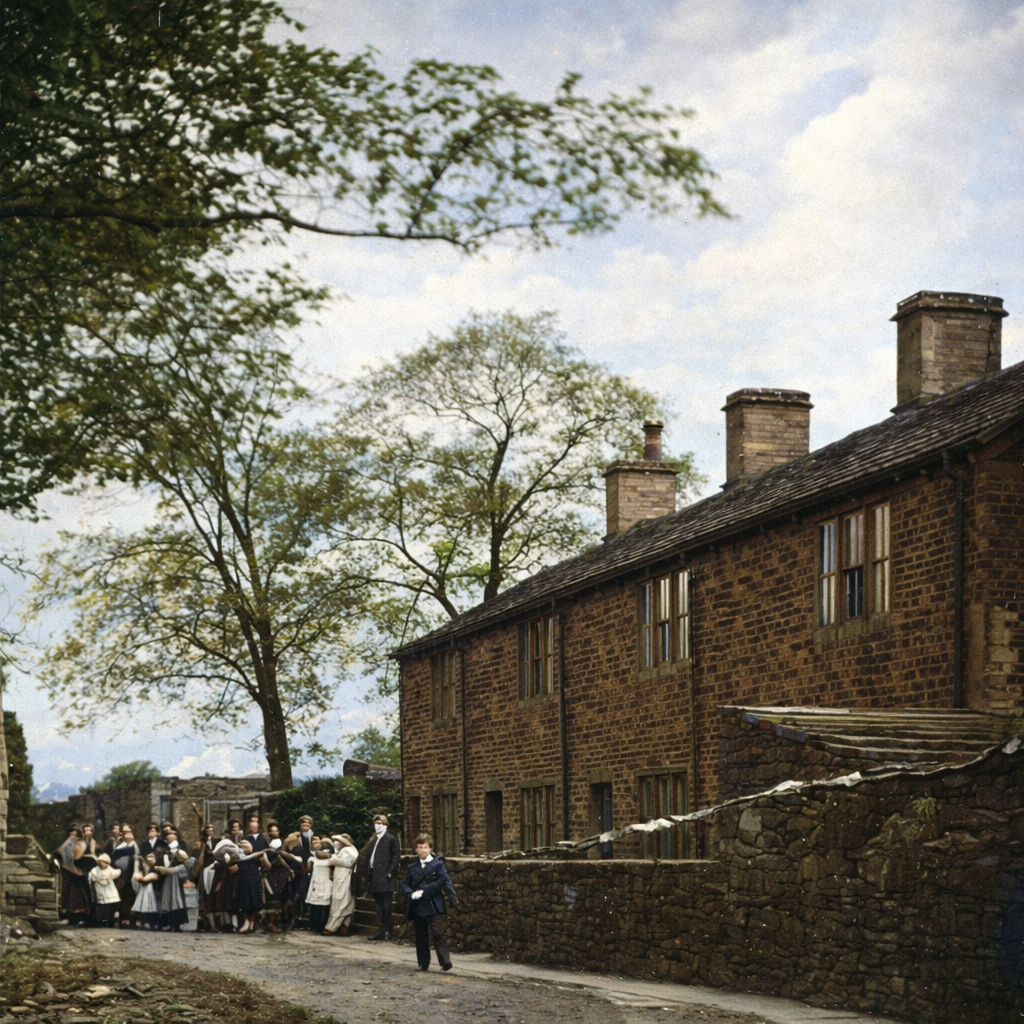
enhanced

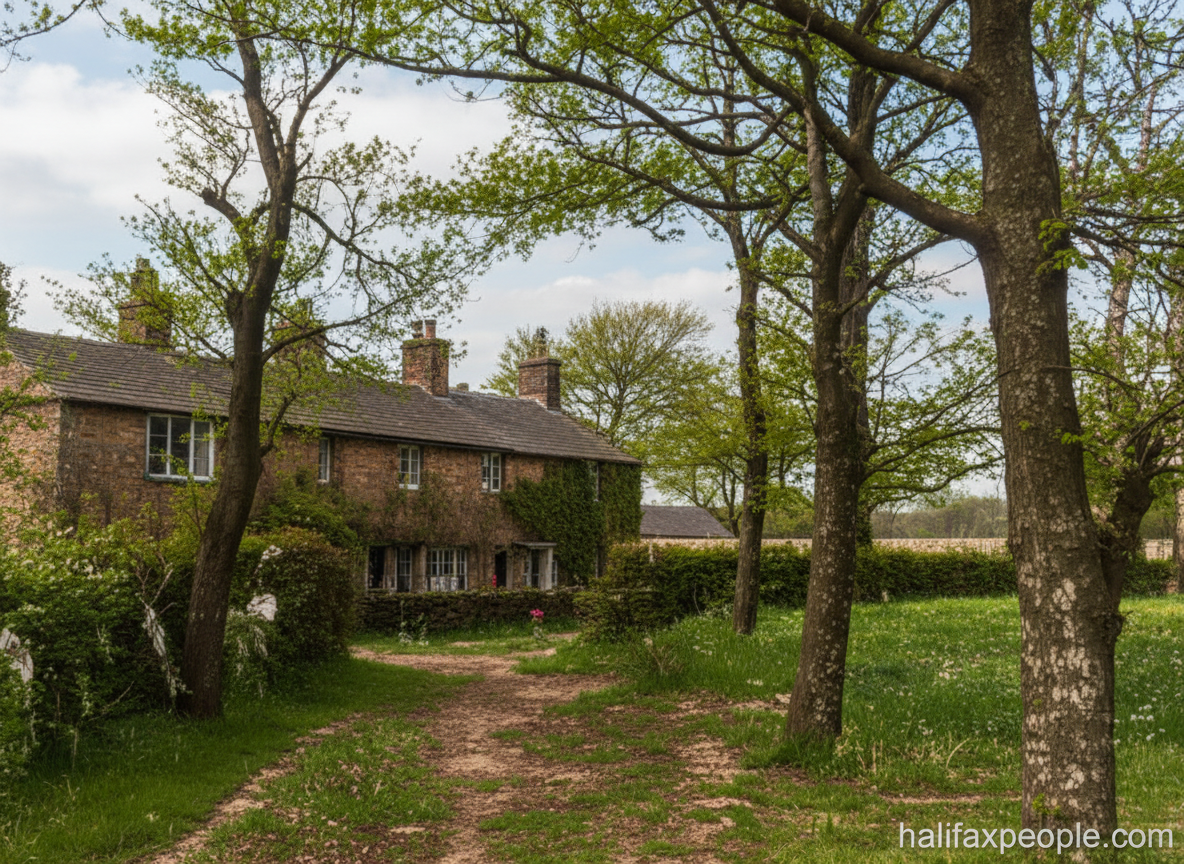
enhanced


Unusual coping stones along Binns Top Lane
Return to Southowram History 12 - West Lane
Advance to Southowram History 14 - Caine Lane
If you have enjoyed your visit to this website, please spread the word by clicking the 'like' and 'share' buttons below. Thank you




